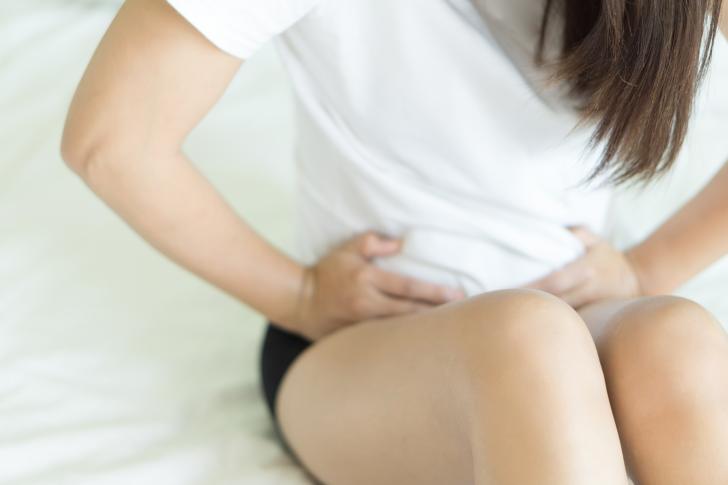
After a baby is born via a C-section, mom will have a wound that must heal. Most often that wound is a horizontal ("bikini cut") incision, and sometimes it is vertical ("up and down").
Certain pain and itching in the incision are common during this healing process. While you may not wish for a Cesarean section (C-section), sometimes health issues or risks to you and your baby make it necessary.
Causes of incision pain postpartum
A C-section creates a physical cut in the abdomen and through the uterus so that the doctor is able to reach the baby. That cut is then sewn shut with sutures. As is the case with any wound, healing can be painful and itchy. Even with pain medications, tenderness from the surgery is common.
Important facts about incision pain postpartum
While some incision pain is common, moving, stretching and lifting too soon after a C-section can cause torn sutures and a possible reopening of the wound. It is important to call a physician immediately if there is any sign of a C-section wound opening or drainage from the wound, even after leaving the hospital.
A red incision, bleeding, discolored discharge, or foul odors as well as a fever and an elevated temperate above 100.4 F are all reasons to seek immediate medical attention. There is always a risk of infection associated with surgery and C-sections are no different. Antibiotics can be used to treat an infection if caught early. Late-stage infections can lead to additional health problems and hospitalization.
Treatments for incision pain postpartum
Rest is the most effective kind of treatment. Moving, stretching, lifting, cleaning, and cooking can cause pain. After a C-section, moms are often given medications to dull the incision pain, but this does not mean increased activity will not cause further pain or ripped sutures. Constipation and gas can also cause pain in the area of the incision. Eating meals slowly, increasing water intake, and avoiding spicy and fatty foods until the wound is healed can help to prevent gas and bloating.
Read More:
Postpartum Guide
Labor, Delivery, and Birth Guide
Breastfeeding Guide
